Home>Ideas and Tips>Backyard Bird Sanctuary Creation to Attract Feathered Friends
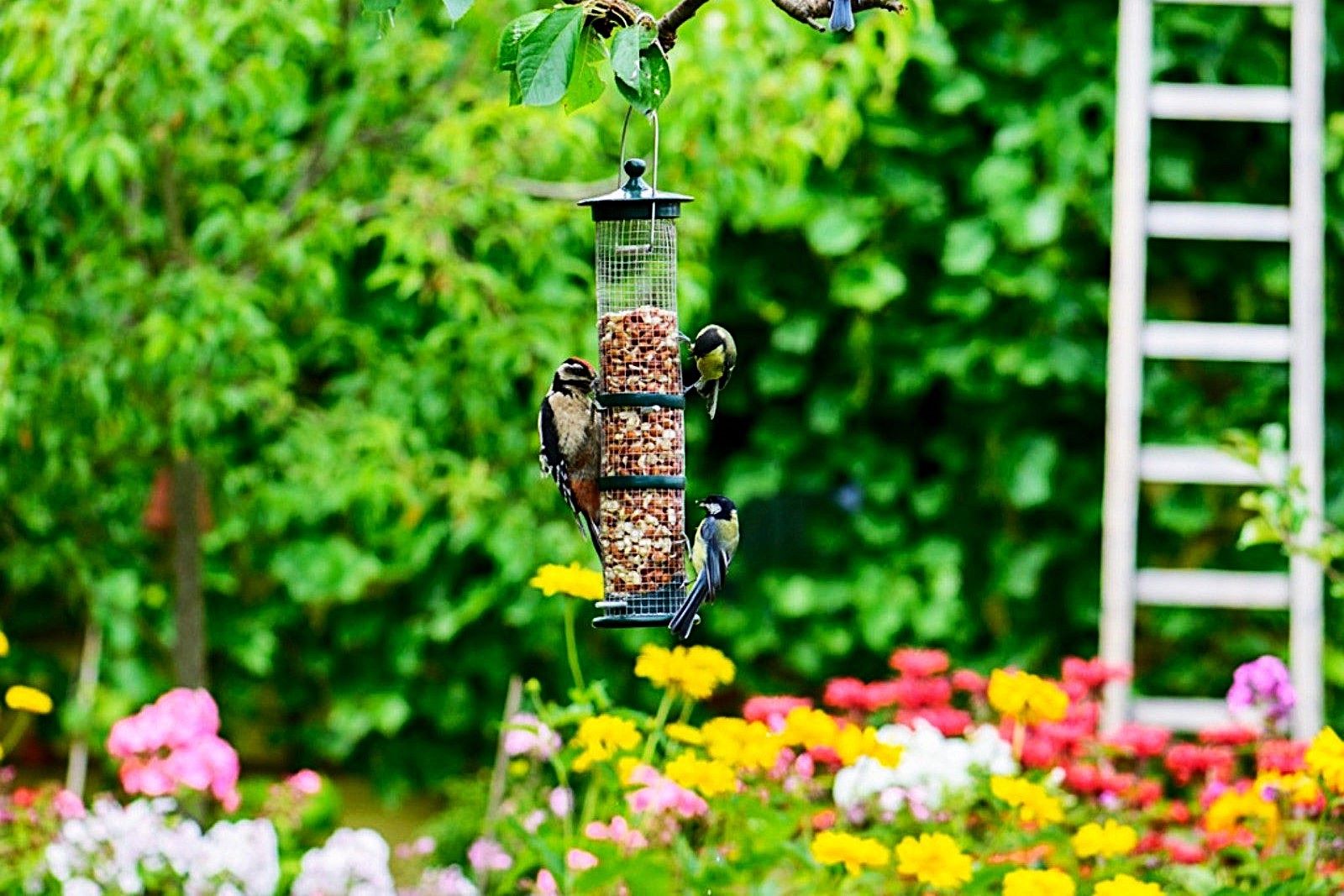

Ideas and Tips
Backyard Bird Sanctuary Creation to Attract Feathered Friends
Modified: November 1, 2024
Create a thriving backyard bird sanctuary with native plants, food, water, and shelter to attract diverse bird species and enhance your outdoor space.
(Many of the links in this article redirect to a specific reviewed product. Your purchase of these products through affiliate links helps to generate commission for Storables.com, at no extra cost. Learn more)
Creating a backyard bird sanctuary is an exciting and rewarding endeavor that not only enhances your outdoor space but also contributes to the conservation and well-being of our feathered friends. Birds bring joy, beauty, and ecological balance to our gardens, making them an integral part of our natural surroundings. In this article, we will guide you through the essential steps to create a thriving bird sanctuary in your backyard, ensuring that you attract a diverse array of bird species and provide them with the necessary elements for survival.
Understanding Bird Needs
Before we dive into the specifics of creating a bird sanctuary, it's crucial to understand what birds need to thrive. The three primary components of a bird sanctuary are:
- Food: Birds require a variety of food sources to sustain themselves, including fruits, seeds, nectar, and insects.
- Water: Access to clean water is essential for birds to drink and bathe in.
- Shelter: Birds need protected areas for nesting, roosting, and escaping from predators.
By providing these basic needs, you can create an inviting environment that attracts a wide range of bird species.
Read more: Zen Home Sanctuary Creation Guide
Planting Native Plants
Native plants are the backbone of any successful bird sanctuary. These plants have evolved over time to provide the necessary food, shelter, and habitat for local bird species. Here are some tips for selecting and planting native plants:
- Choose Diverse Plantings: Incorporate a variety of plants with different heights and growth habits to provide perching, nesting, and foraging opportunities for birds.
- Native Plant Finder: Use tools like the National Audubon Society’s Native Plant Finder to identify which plants are native to your specific area and what birds they attract.
- Avoid Non-Native Plants: Non-native plants can outcompete native species and disrupt the local ecosystem. Instead, opt for plants that are native to your region.
- Group Plantings: Plant in groupings or create thicket areas where birds can seek protection from cats, hawks, and other predators.
Providing Food Sources
Birds have varying appetites and preferences when it comes to food. Here are some strategies for providing a diverse range of food sources:
- Fruit Trees and Shrubs: Plant fruit trees like cherry, mulberry, dogwood, holly, serviceberry, and crabapple. These plants not only provide food but also offer shelter for birds.
- Insect-Rich Plants: Incorporate plants that attract insects like beetles, worms, caterpillars, and other creepy crawlers. Suet with mealworms is an excellent way to ensure a steady supply of protein for birds.
- Fruit Garland: Create garlands of dried fruits such as cranberries, raisins, cherries, orange slices, and others. You can also set out watermelon rinds, orange and grapefruit slices, and apple slices.
- Seasonal Food Sources: Ensure that your food sources match the time of year. For example, plant sunflowers to attract American Goldfinches in the summer months.
- Supplemental Food: If you find yourself lacking in a food source, provide supplemental food like suet during autumn through spring. Always situate feeders at least 10 feet away from buildings, trees, and shrubs that cats can climb or hide in.
Water Features
Access to clean water is crucial for birds. Here are some tips for creating water features:
- Birdbaths: Install birdbaths or ponds to provide birds with a place to drink and bathe. Ensure that birdbaths are scrubbed clean every few days to prevent bacterial growth.
- Heated Birdbaths: In winter, add a heater to keep the water from freezing. This will ensure that birds have access to water even during the coldest months.
- Rainwater Collection: Leave shallow places in your yard to catch rainwater. This natural source of water can be a significant draw for birds.
Nesting Sites
Nesting sites are essential for birds to raise their young. Here are some strategies for creating nesting sites:
- Nesting Boxes: Install nesting boxes specifically designed for different bird species. These boxes should be placed in areas that provide protection from predators.
- Dead Trees: Leave dead trees or branches intact as they often serve as welcome nesting sites.
- Thicket Areas: Create thicket areas using native shrubs and plants. These dense areas provide shelter and protection for birds.
- Twigs and Plant Stems: Provide small twigs, plant stems, and vines for birds to build their nests.
Shelter and Protection
Birds need shelter from predators, harsh weather, and other environmental factors. Here are some tips for creating sheltered areas:
- Thicket Areas: As mentioned earlier, create thicket areas using native shrubs and plants. These dense areas provide shelter and protection for birds.
- Native Vegetation: Use native vegetation that provides natural cover for birds as well as sustenance for pollinators.
- Avoid Pesticides: Refrain from using pesticides or herbicides, which can harm birds and other wildlife. Instead, adopt natural methods of pest control.
- Reduce Lawn Area: Reduce your lawn area, which birds have no use for. This will give you more space to plant native vegetation and create sheltered areas.
Safety Measures
Creating a safe environment is crucial for attracting birds to your sanctuary. Here are some safety measures to consider:
- Bird Feeders: Avoid using bird feeders that are easily accessible to predators like cats and hawks. Instead, use feeders that are at least 10 feet away from buildings, trees, and shrubs that cats can climb or hide in.
- Bird Tape: Install bird tape outside your glass windows and doors to prevent bird collisions. This simple act can significantly contribute to creating a safe environment for feathered visitors.
- Consistent Feeding Schedule: Maintain consistency in bird feeder location and feeding times. This establishes a predictable bird food source, increasing visitation and fostering a sense of safety and reliability.
Additional Tips
Here are some additional tips to enhance your backyard bird sanctuary:
- Assess Your Local Habitat: Look at what is around you in the parks and gardens nearby—are there trees, shrubs, and ponds? Look at which plants are lacking but also which plants are attracting the birds and wildlife.
- Year-Round Interest: Plant for year-round interest by choosing plants with long flowering times outside of spring and summer. This ensures that your garden remains a potential food source for early season hatchlings and migrating birds.
- Reduce Pesticide Use: Make an effort to reduce pesticide use when you have caterpillars, bugs, butterflies, and young birds exploring your backyard in summer. Harmful chemicals can be detrimental to these creatures.
Conclusion
Creating a backyard bird sanctuary is an enriching and rewarding endeavor that not only enhances your outdoor space but also contributes to the conservation and well-being of our feathered friends. By providing food, water, shelter, and safety measures, you can create an inviting environment that attracts a diverse array of bird species. Remember to plant native plants, avoid non-native species, reduce pesticide use, and maintain consistency in your bird feeding schedule. With these tips, you'll be well on your way to creating a thriving bird sanctuary in your backyard.
By following these steps and tips, you can transform your backyard into a vibrant haven for birds, contributing to their survival and enjoyment. Whether you're a seasoned gardener or just starting out, creating a bird sanctuary is an exciting project that brings joy and ecological balance to your outdoor space. So go ahead, get creative, and welcome those feathered friends into your garden
Was this page helpful?
At Storables.com, we guarantee accurate and reliable information. Our content, validated by Expert Board Contributors, is crafted following stringent Editorial Policies. We're committed to providing you with well-researched, expert-backed insights for all your informational needs.
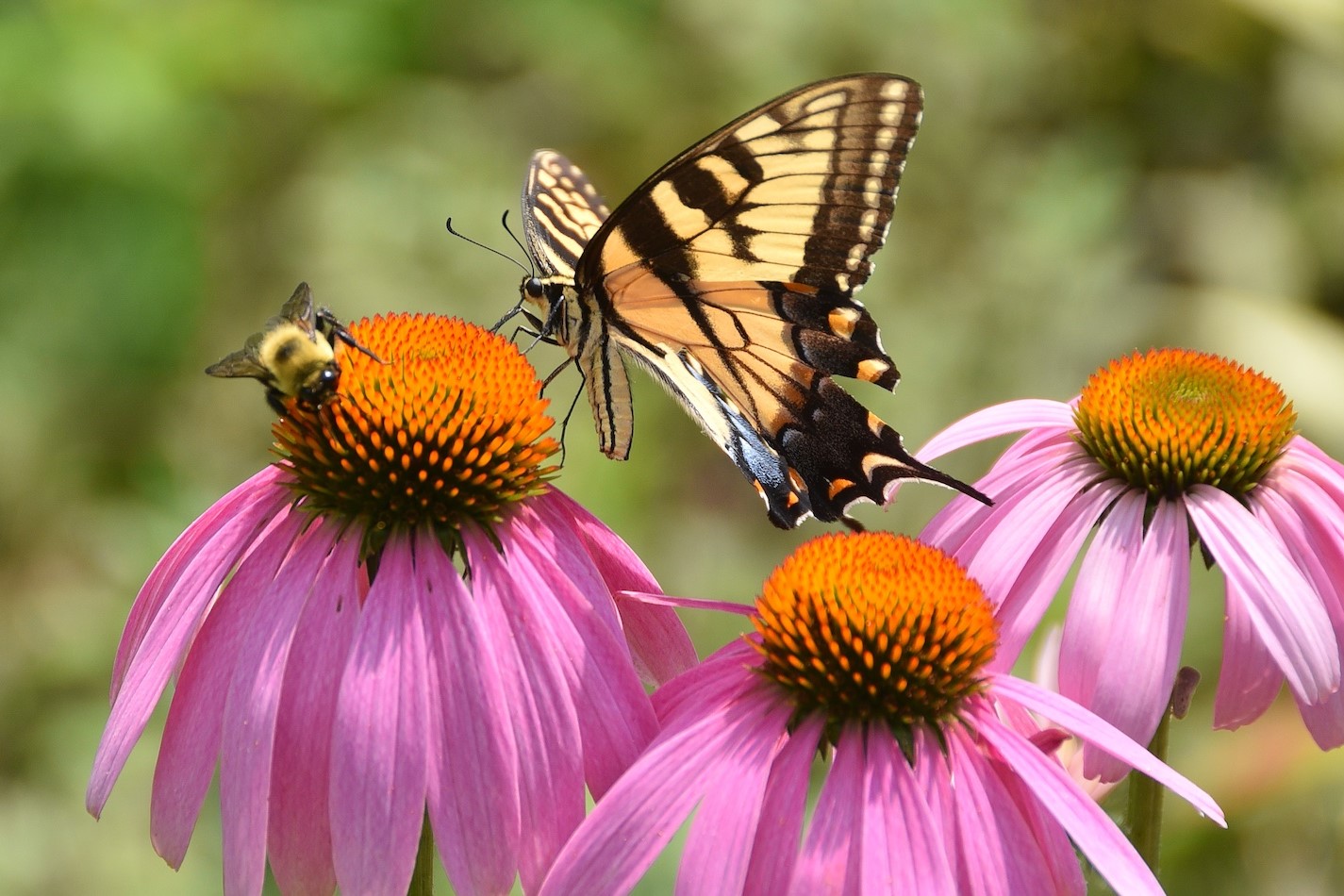
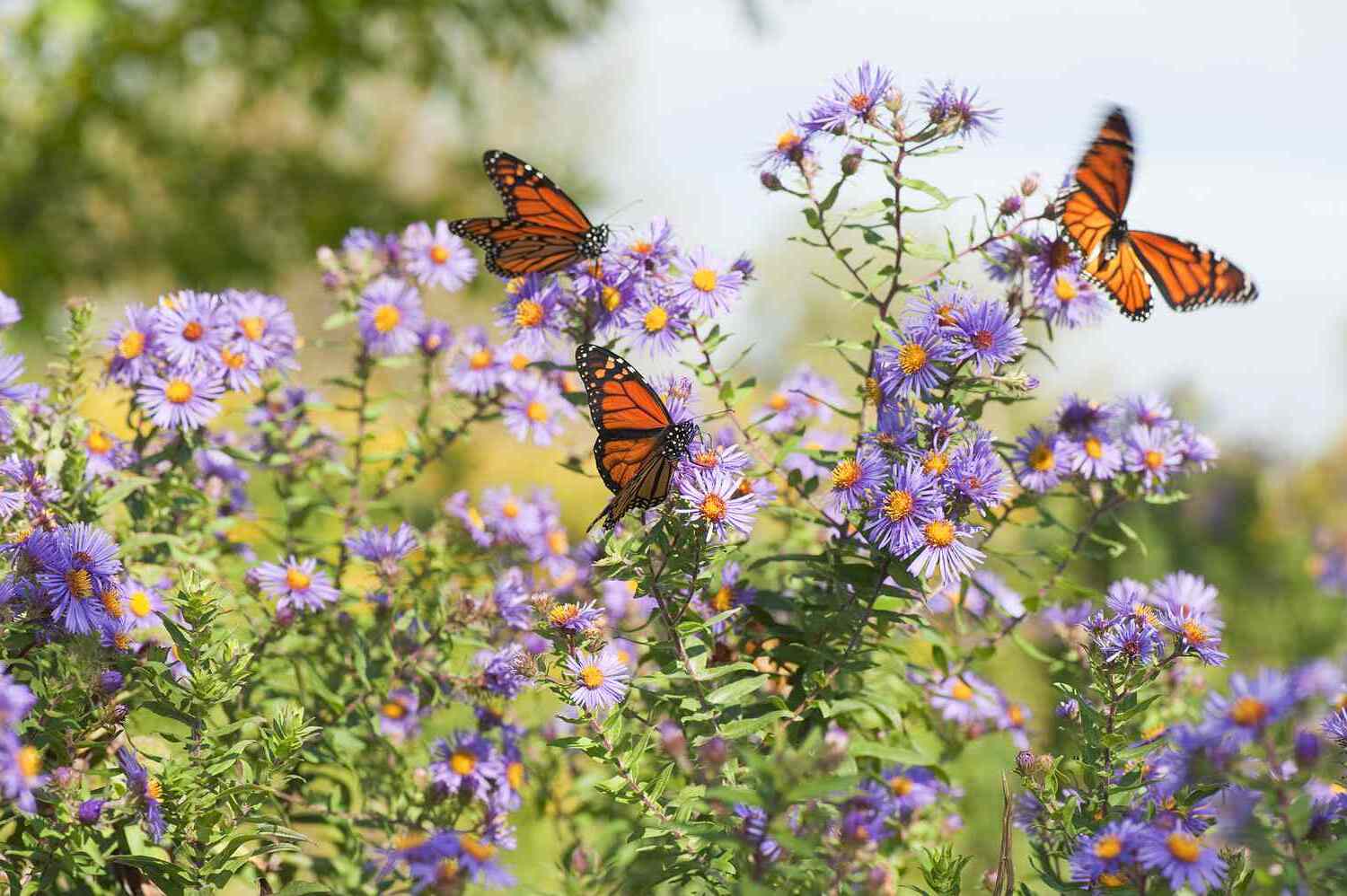
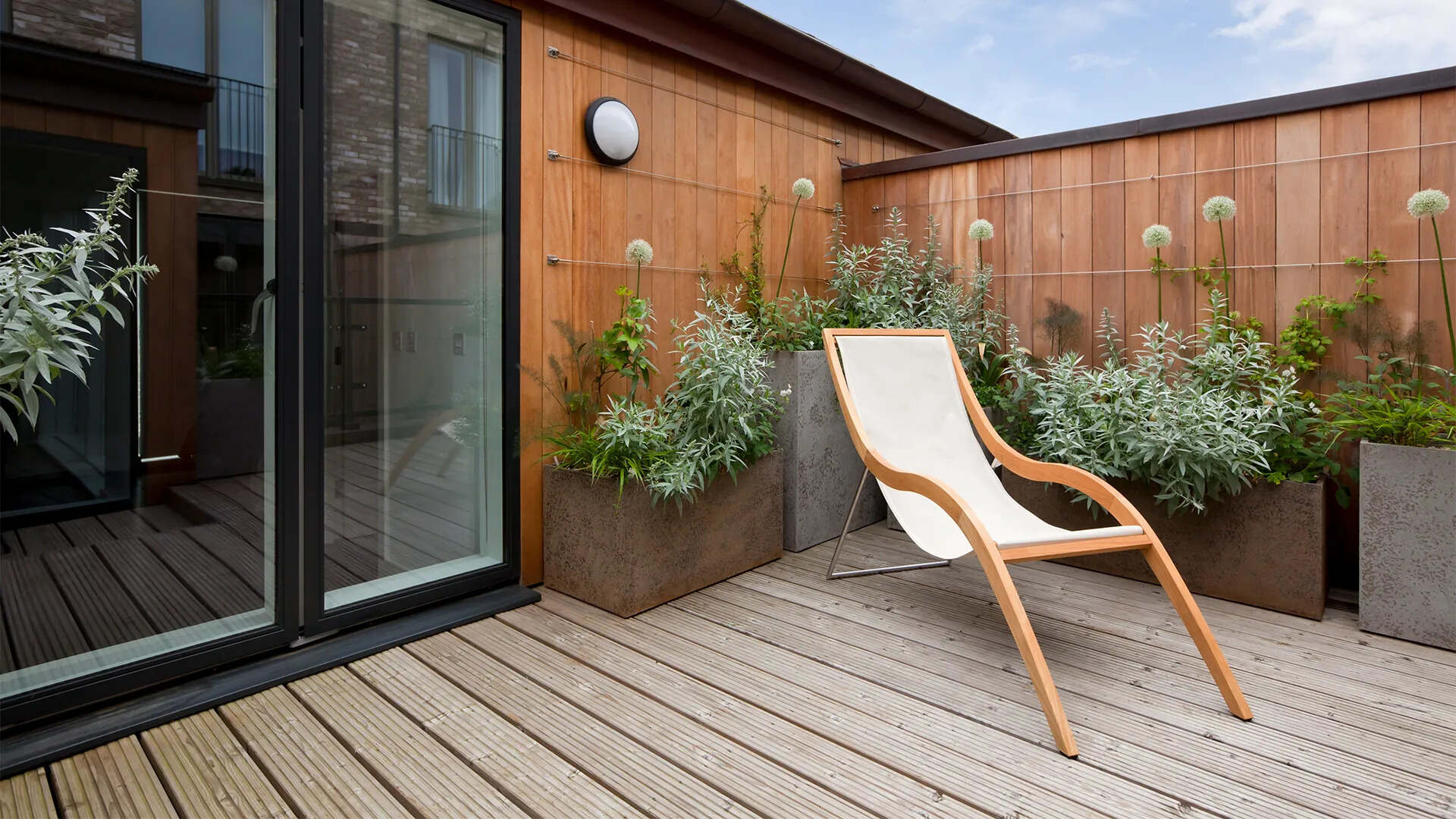
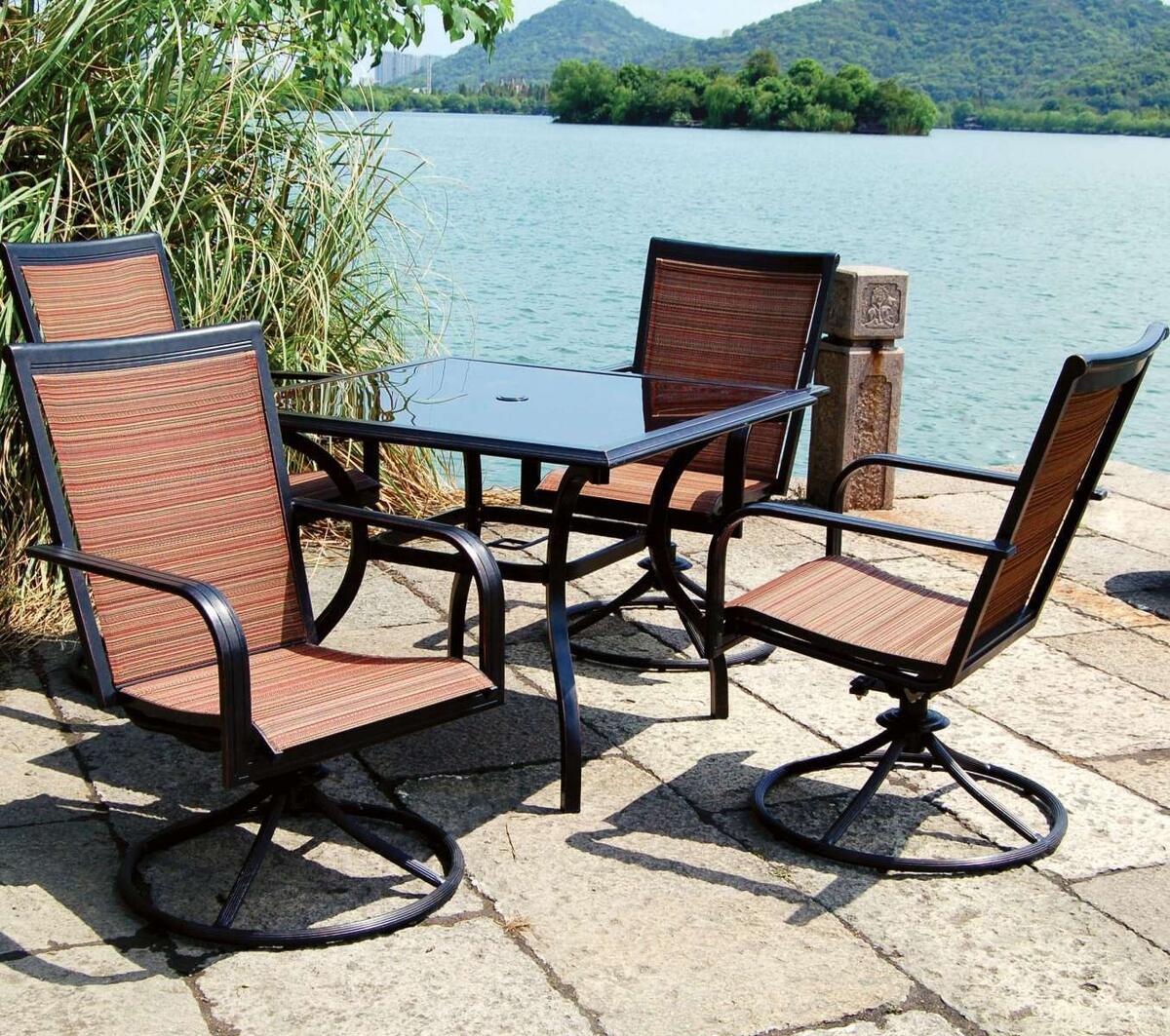
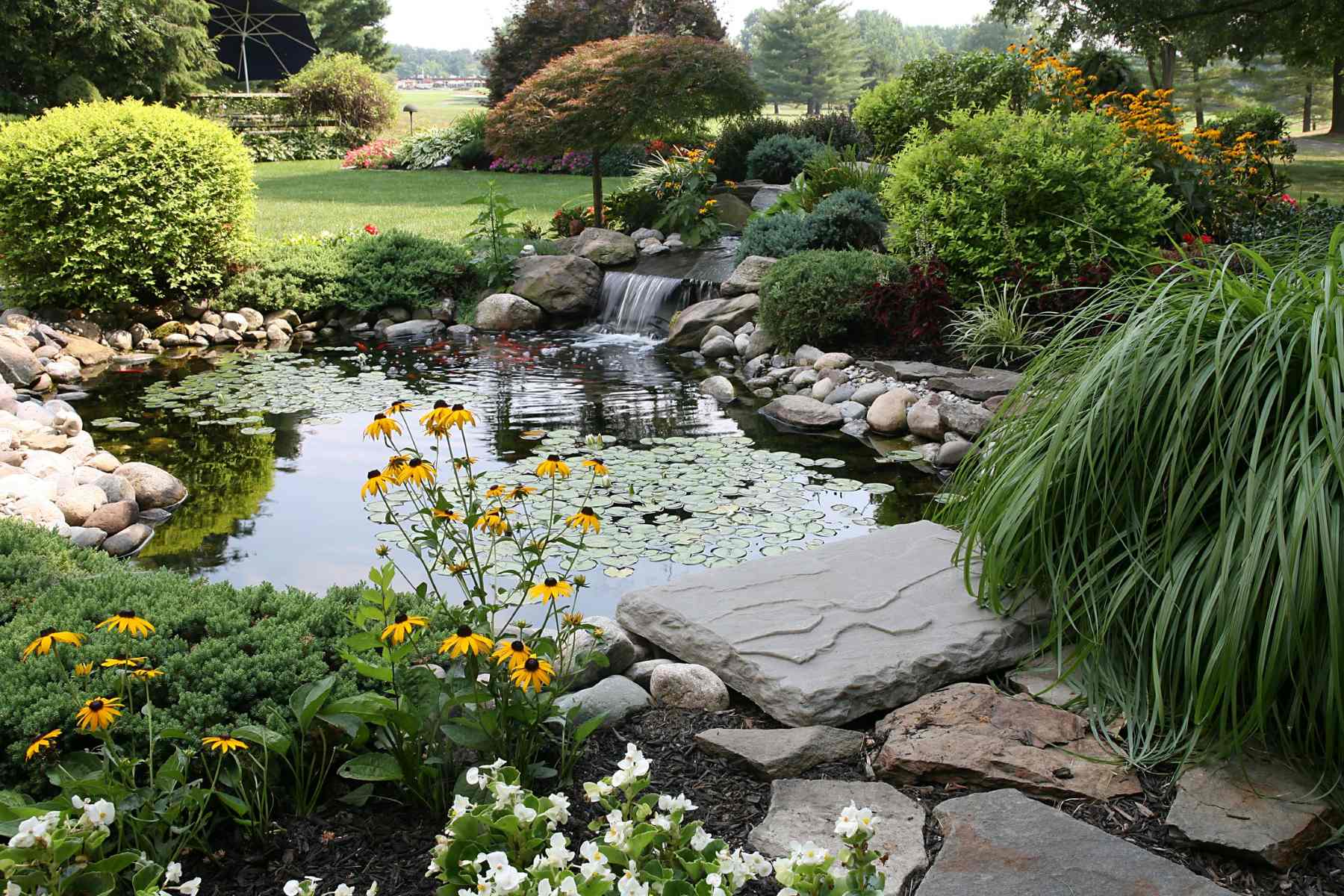
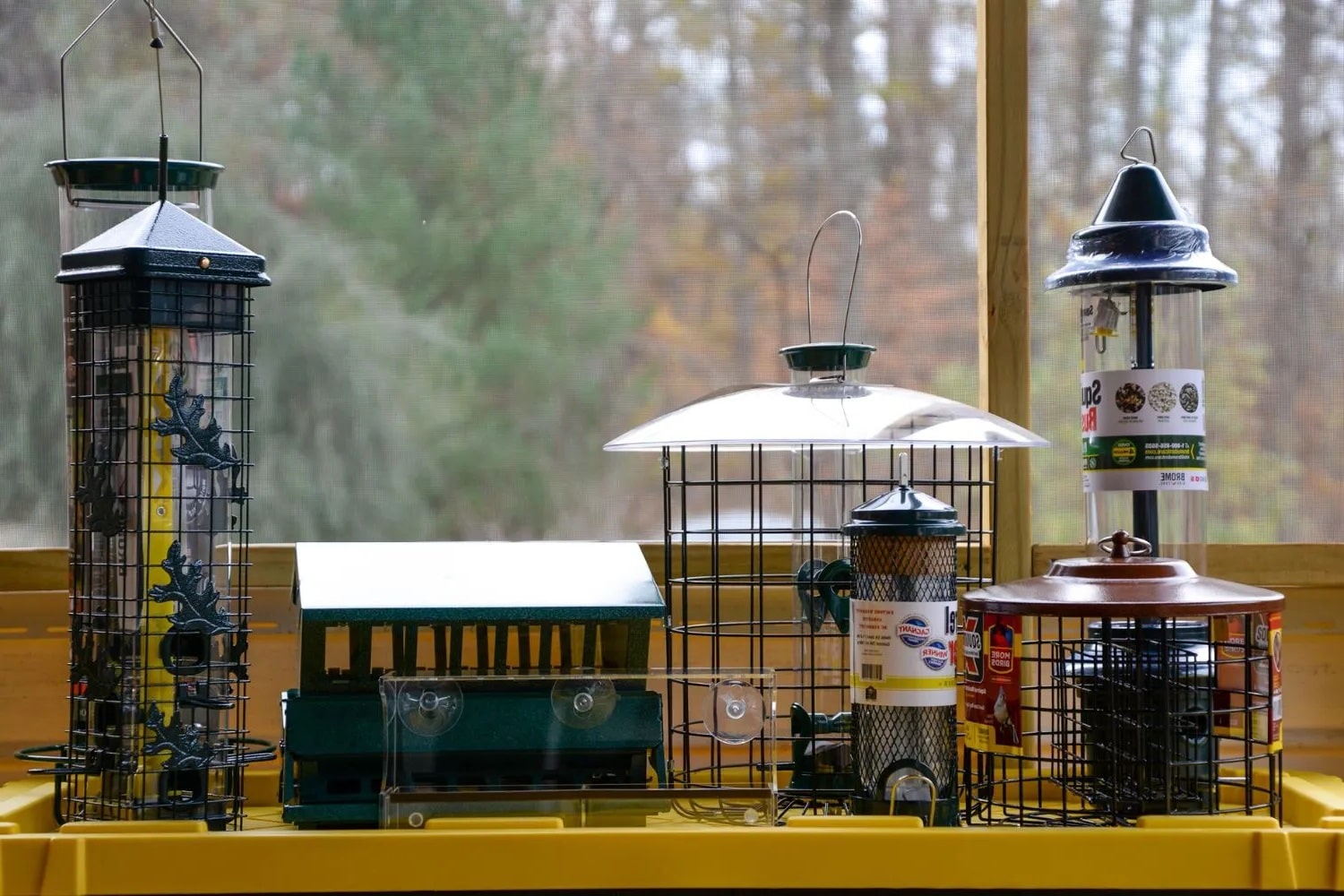
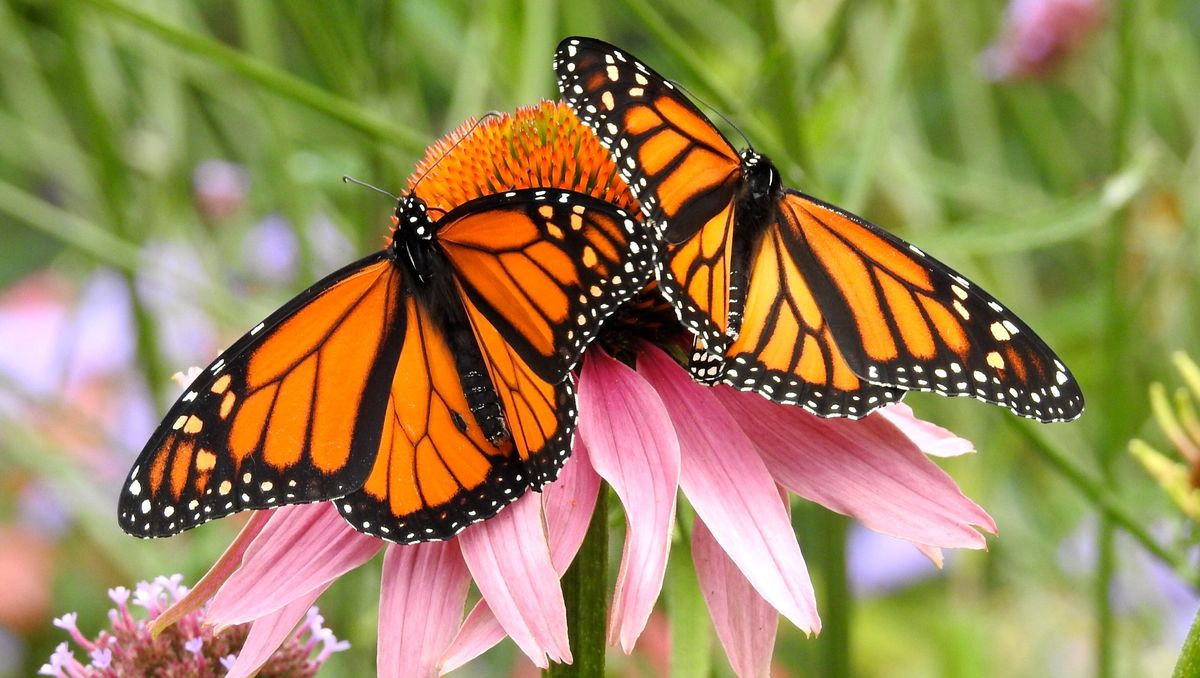
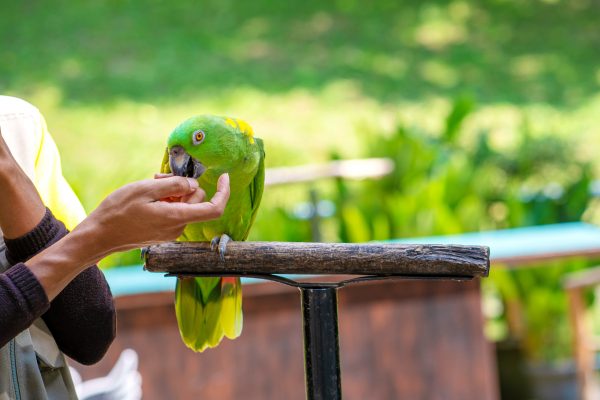
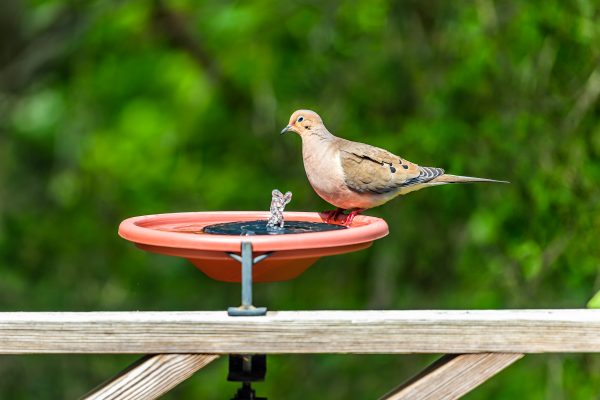
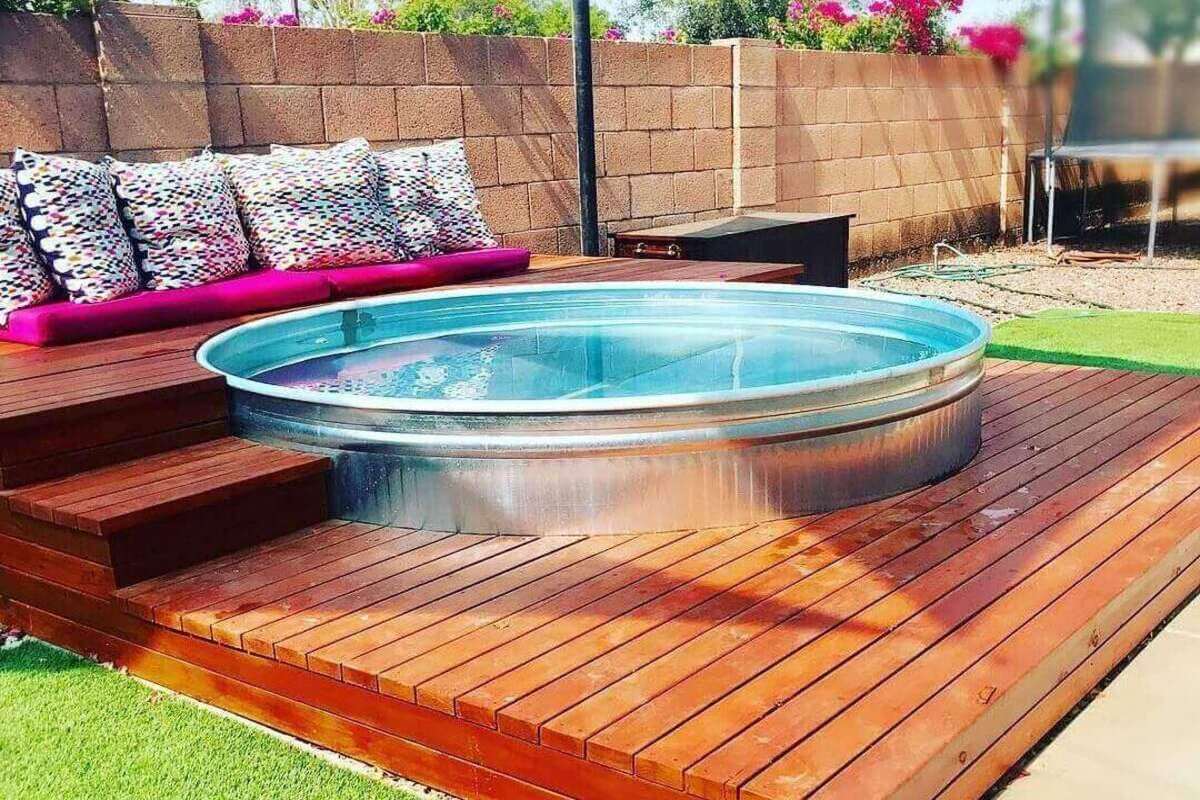
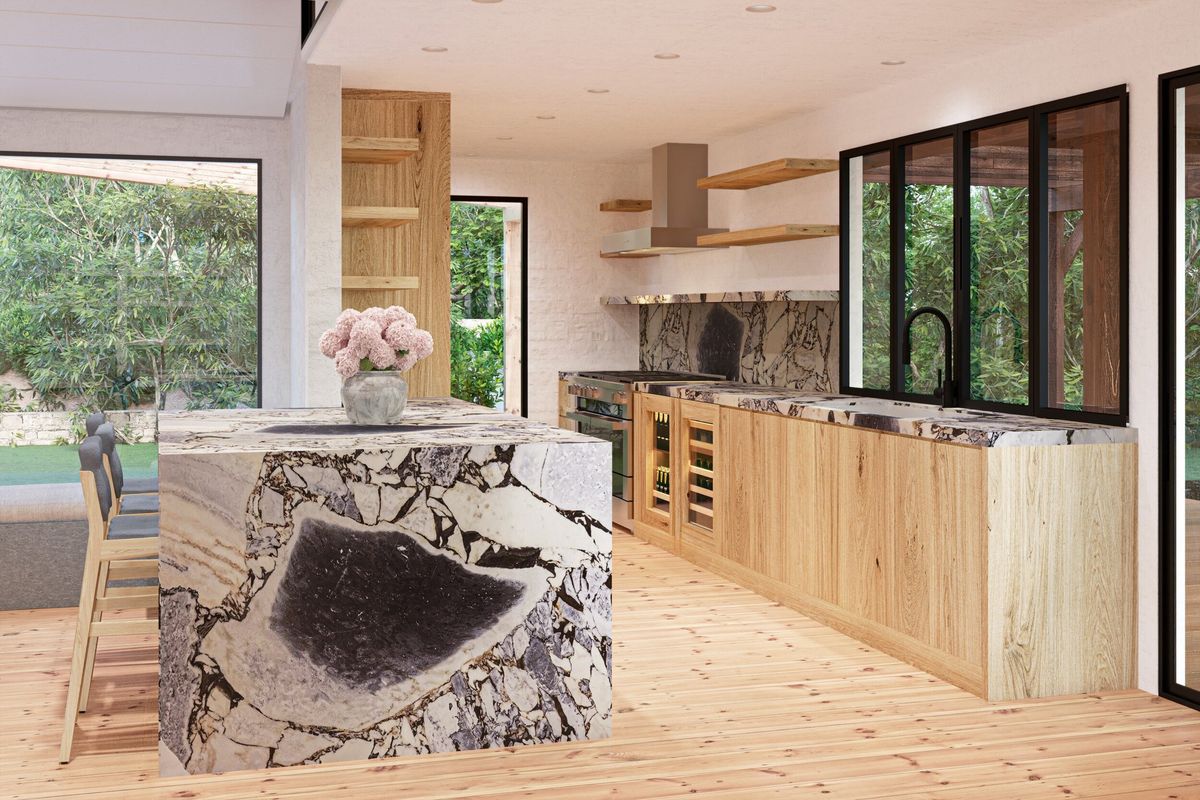
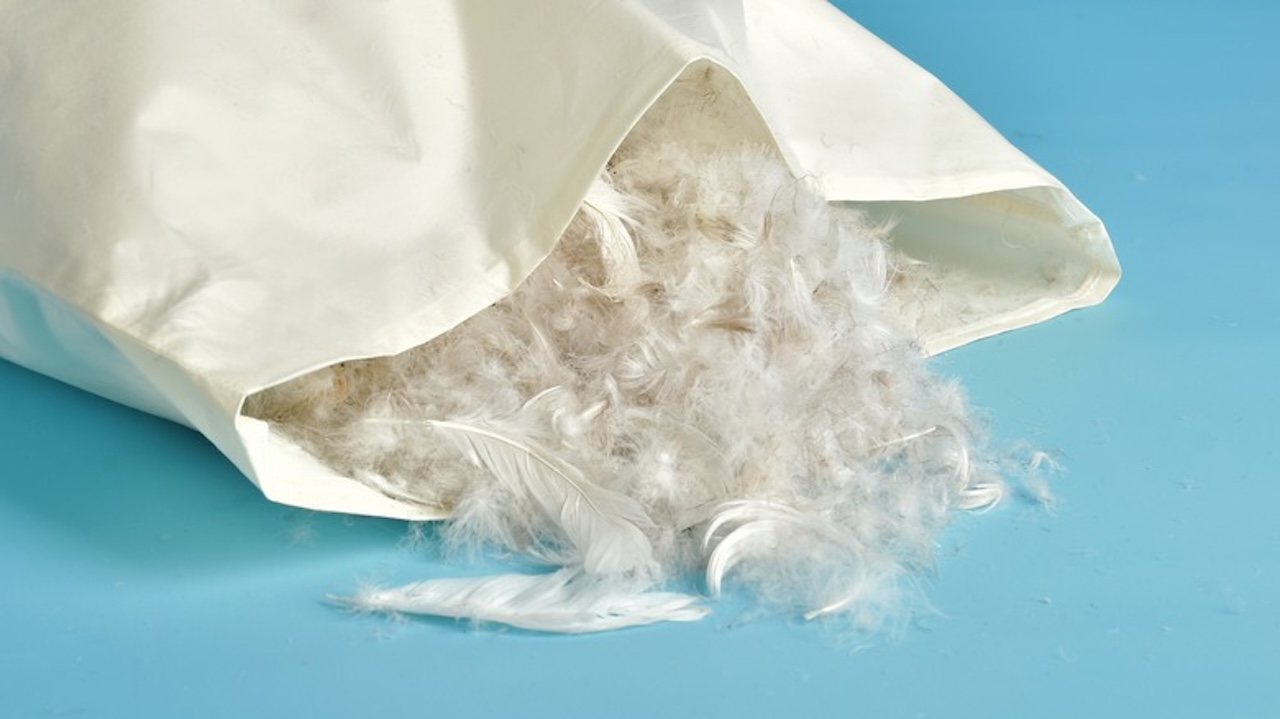
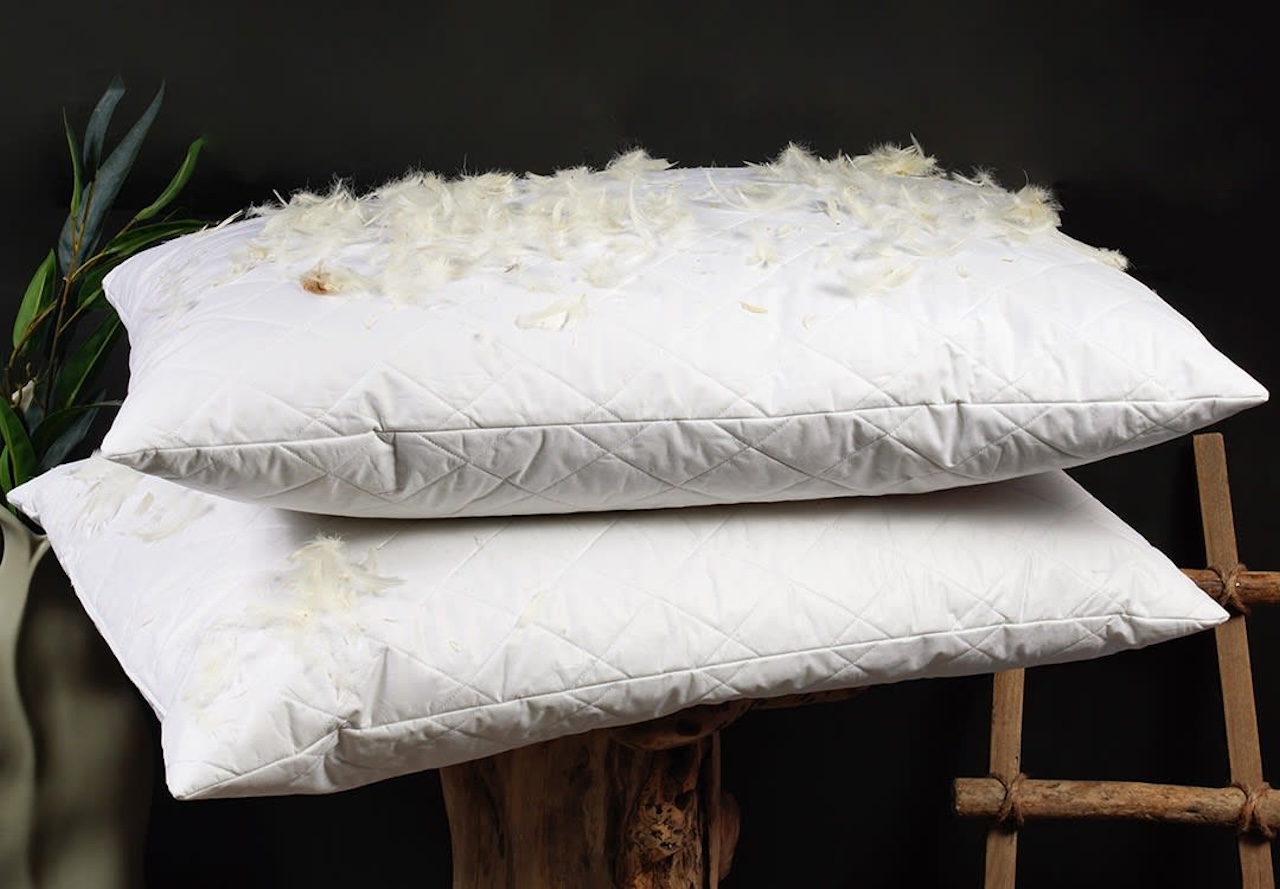
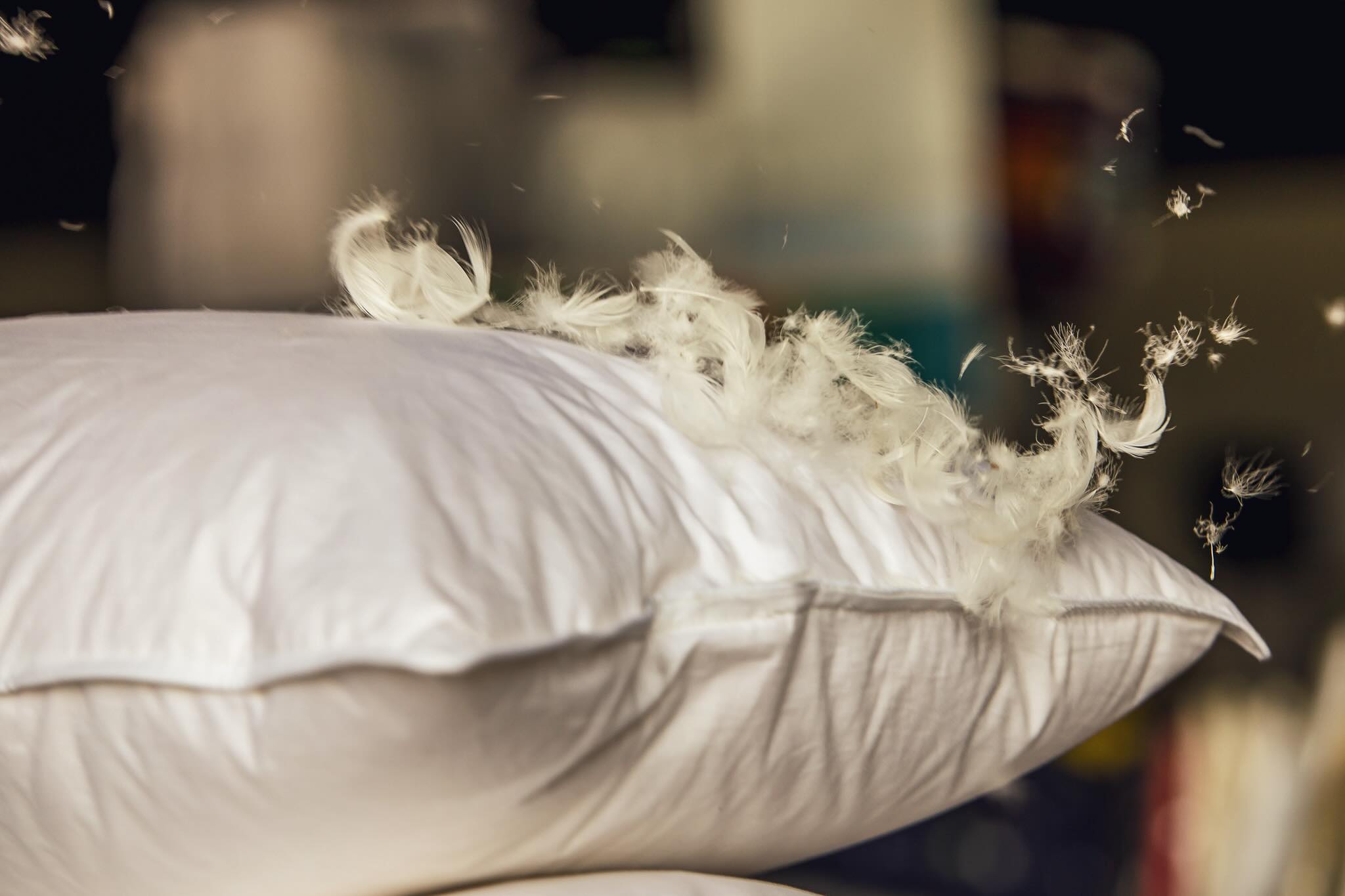

0 thoughts on “Backyard Bird Sanctuary Creation to Attract Feathered Friends”